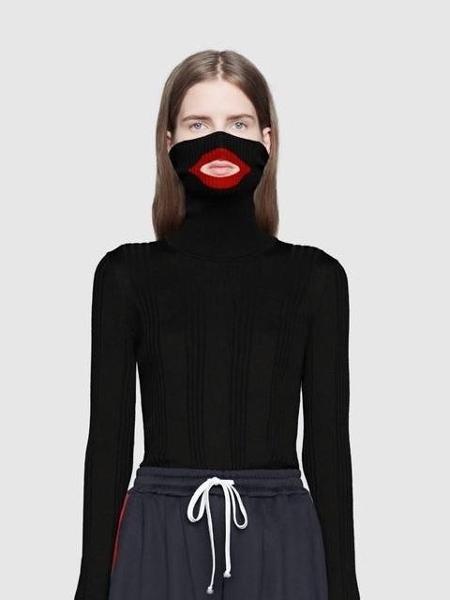Turbante da Gucci chega às lojas e grife é acusada de apropriação cultural

Referência ou apropriação cultural? Mais uma vez uma renomada grife entra neste debate. Desta vez foi a Gucci, que teve uma polêmica peça lançada no ano ado colocada na berlinda por muita gente que se ofendeu.
Uma série de turbantes que lembram os usados pelos sikhs já havia causado polêmica durante o desfile de apresentação, em fevereiro de 2018:
"Querida Gucci, o turbante sikh não é um ório para modelos brancos, mas um artigo de prática da fé para os Sikhs. Seus modelos usaram turbantes como chapéus enquanto Sikhs os usam em uma amarração específica. Usar turbantes falsos é pior do que vender produtos falsos da Gucci", disse um usuário do twitter na época.
Mais de um ano depois, a peça está à venda em uma famosa loja americana, por US$ 790 (cerca de R$ 3 mil), e ganhou mais uma nova onda de críticas:
"O turbante não é apenas um ório para monetizar, é um artigo religioso que milhões de Sikhs vêem como sagrado"
"Alguém pode me explicar por que a Gucci pensou que vender um turbante a US$ 750 é uma boa ideia? Nordstrom, isso não é um 'estilo marcante'. Não é apenas um 'ório de moda'"




















ID: {{comments.info.id}}
URL: {{comments.info.url}}
Ocorreu um erro ao carregar os comentários.
Por favor, tente novamente mais tarde.
{{comments.total}} Comentário
{{comments.total}} Comentários
Seja o primeiro a comentar
Essa discussão está encerrada
Não é possivel enviar novos comentários.
Essa área é exclusiva para você, , ler e comentar.
Só s do UOL podem comentar
Ainda não é ? Assine já.
Se você já é do UOL, faça seu .
O autor da mensagem, e não o UOL, é o responsável pelo comentário. Reserve um tempo para ler as Regras de Uso para comentários.